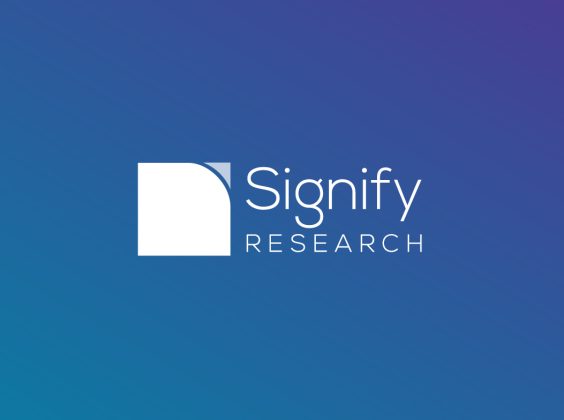
Thank you for your interest in our Telehealth market report.
Click here to download the sample and summary
The sample provides an overview of the impact that COVID-19 has had on:
- Provider-to-patient/consumer on-demand telehealth
- Provider-to-provider telehealth in both inpatient and outpatient settings
- Tele-ICU
- Remote patient monitoring (RPM)
- Enterprise-scale telehealth
The summary is a snapshot from our just-published market report “Telehealth (Acute, Community and Home) – World – 2020”. Both the free sample and the full report will help you:
- Understand how to adapt your telehealth offerings during the pandemic
- Obtain a complete picture of the risks to your telehealth business as economies move from lockdown and governments reassess COVID-19 reimbursement policies
- As a provider of telehealth tech, ascertain to what extent the rapid rise in virtual consultations translates into new IT business, and how this varies by care setting
- Plan your medium-term growth strategy – does product, service, care setting or geographic expansion offer you the best opportunities for growth?
- As a tech vendor not yet directly involved in telehealth, understand how post-COVID workflows may offer you new business opportunities
